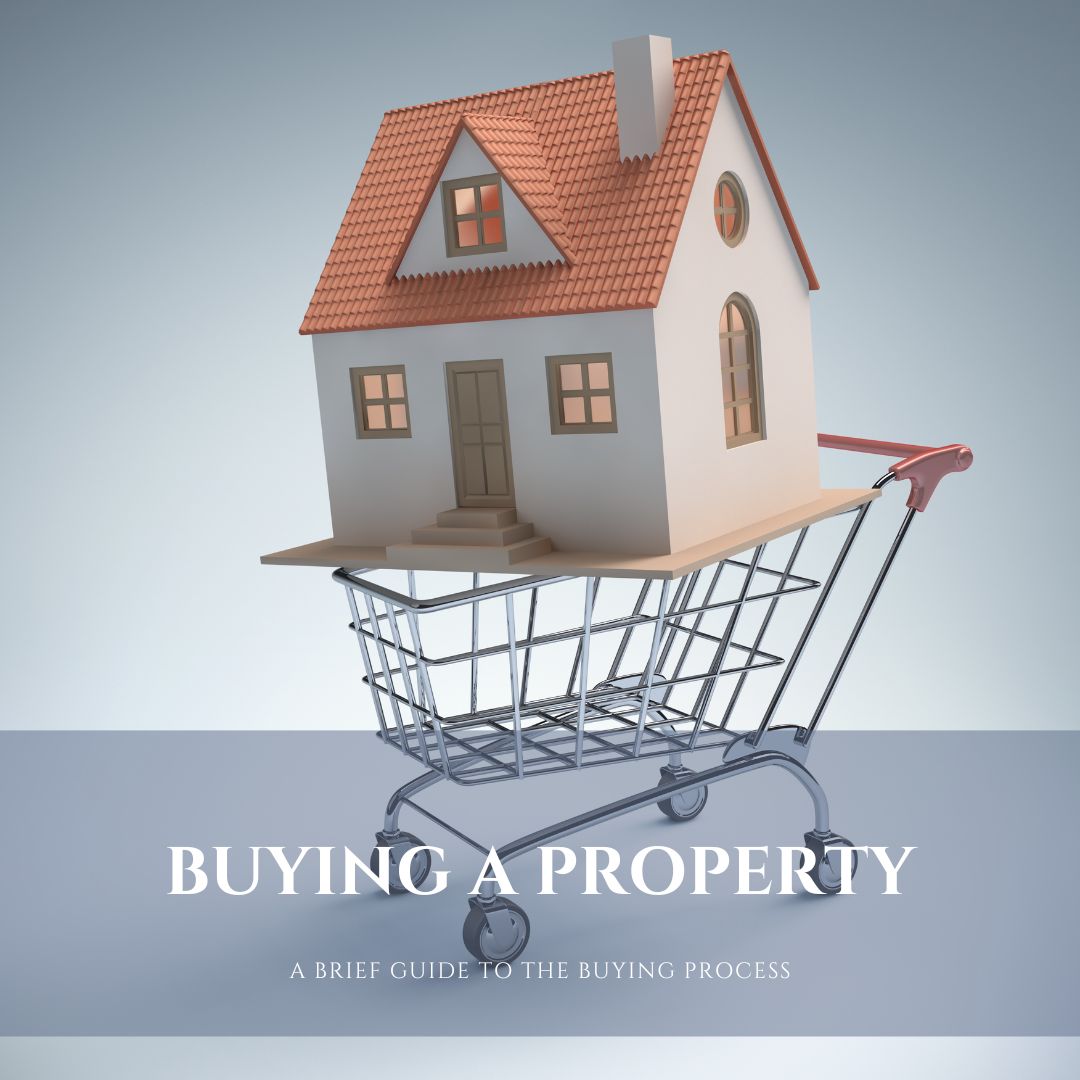Buying a property in today’s market
March 18th, 2023
Buying a house in England and Wales is a significant investment and a big decision that requires careful planning and consideration. With so many factors to take into account, it can be a daunting prospect, but with the right preparation, you can make the process much smoother.
Below, I have set out the basic steps involved in buying a house here in the UK.
Determine Your Budget
The very first step is to determine your budget. This will help you identify properties that you can realistically afford. You can work out your budget by considering your income, savings, and any other financial commitments you have, such as debts and bills. You can also use online mortgage calculators to estimate how much you can borrow from lenders but the best route is to use a mortgage broker who can source the very best deals appropriate for your circumstances. Whilst they may charge for their services, they often have access to rates not available on the open market.
Get a Mortgage Agreement in Principle
This is a conditional offer from a lender stating how much they would be willing to lend you based on your financial circumstances. Having this agreement in place will put you in a stronger position when making an offer on a property.
Select Your Area
Once you have a budget in mind, the next step is to identify suitable areas where you would like to buy a house. You can use online property portals such as Rightmove and Zoopla to search for properties in your desired locations. I would strongly advise you spend some time in the areas to get a feel for them and see if it suits your needs – think about the amenities you want and need on your doorstep. Do you have to commute? By train? Bus? Road network? Rent a room for a couple of nights and test your commute. Get this right and narrow this down from the start. A scattergun approach seldom works and you’ll end up viewing tens of properties with no clear aim.
View Properties
Once you have identified suitable areas and have a mortgage agreement in principle, the next step is to start viewing properties. Make sure you view several properties and take note of their condition, location, and price. If you find a property you like, it’s worth arranging a second viewing to get a better sense of the property’s condition and suitability.
Make an Offer
If you find a property that you would like to buy, the next step is to make an offer. Your offer should be based on the property’s value and your budget. Once you make an offer, the seller will either accept, reject or make a counteroffer. If your offer is accepted, the next step is to instruct a solicitor to start the conveyancing process and, if you want some reassurance on the condition of the property you are buying, instruct a survey – at the outset, so there are no nasty surprises later on.
Mortgage Application
Once your offer is accepted, if you require a mortgage, you will need to formally apply. Your broker will help you with this and ensure the lender you approach is likely to accept your application – multiple applications can be detrimental to your credit rating. In most cases, the lender will instruct a Chartered Surveyor to carry out a valuation to ensure the property is suitable security for lending purposes – this is not the same as the condition survey you instruct for yourself. Once the valuation is agreed (there can sometimes be a difference of opinion here, especially if you have bid over the asking price so be aware of this), the underwriters will look at the application in greater depth and give you a decision – if agreed, your mortgage offer will be issued.
Conveyancing
Conveyancing is the legal process of transferring ownership of a property from the seller to the buyer. Your solicitor will handle the conveyancing process, which involves an in depth look at the property you are intending to purchase including searches (which should be ordered from the outset) and they will also advise you on any legal issues and make sure that the property’s title is free from any restrictions or problems.
The process can take anywhere from 6 weeks to 6 months depending on the complexity of the matter and time taken to source the information.
Exchange Contracts and Complete the Purchase
Once the conveyancing process is complete, you will exchange contracts with the seller. At this stage, you are legally committed to the purchase and you will need to pay a deposit, usually 10% of the purchase price. The completion date will also be agreed upon, which is when you will pay the remaining balance (when your mortgage comes into effect) and take ownership of the property.
The process is hard to navigate and you need a good team around you:
- A proactive and straight talking estate agent
- An independent mortgage consultant
- A communicative, responsive and proactive solicitor who asks the right questions from the outset.
Remember to take your time, do your research, and seek professional advice at every stage of the process. Contact me to talk further about making your move.




